
1. Understanding the Main Task:
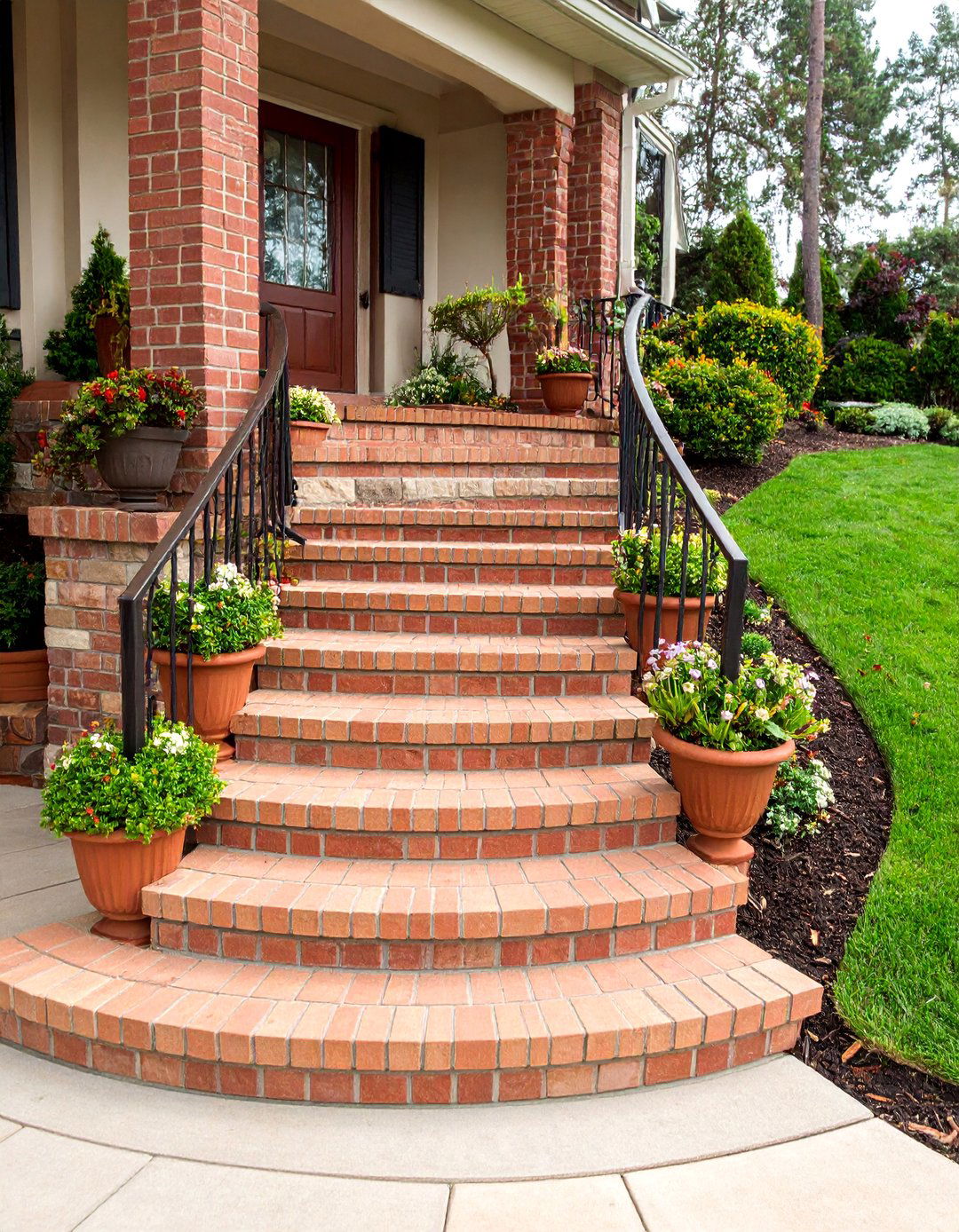
I need to create an SEO-optimized article about "25 Brick Front Steps Design Ideas"
The keyword is about brick front steps with exactly 25 design ideas
Each idea should be a complete design theme/style, not isolated elements
I need to conduct web searches first to understand current trends and contexts
2. Key Requirements Analysis:

Structure: Introduction (max 100 words) → 25 H2 sections (100-101 words each) → Conclusion (max 100 words)
Research: Must do 4-5 web searches before writing to understand the topic
Word Count: Strict limits - introduction max 100, each section 100-101 words, conclusion max 100
Headings: Must be descriptive, include the main subject, and represent complete design themes
No external references: Cannot mention websites, sources, or links
Image prompts: Need 25 image prompts (30-55 words each) following specific template
3. User Preferences Consideration:

The user is a professional content writer, home design expert, interior decorator, home planner, and interior decor specialist. Since this query is directly about home design (brick front steps), their professional background is highly relevant and should inform my approach. I should:
Provide professional-level design insights
Use appropriate design terminology
Focus on practical, implementable solutions
Ensure accuracy and current design trends
4. Research Strategy:

I need to conduct web searches to understand:
Current brick front steps design trends
Popular styles and materials
Design variations and themes
Sub-keywords and related topics
Let me start with the web searches as required.I'll work through this systematically, starting with thorough research to understand current brick front steps design trends and then create a comprehensive article with 25 complete design themes.brick front steps design ideas10 resultsGreat! I found some valuable information about brick front steps design ideas. 0sGreat! I found some valuable information about brick front steps design ideas. Now let me search for more specific variations and design styles to ensure I have comprehensive coverage.curved brick steps design patterns10 resultsGood search results! Now let me search for more specific design patterns and materials to ensure 0sGood search results! Now let me search for more specific design patterns and materials to ensure comprehensive coverage.brick step patterns herringbone basket weave running bond10 resultsExcellent! Now let me search for more specific design elements and modern trends to ensure 0sExcellent! Now let me search for more specific design elements and modern trends to ensure comprehensive coverage.brick steps lighting railings planters modern design10 resultsPerfect! Now let me do one more search to cover some additional design elements and materials to 0sPerfect! Now let me do one more search to cover some additional design elements and materials to ensure comprehensive coverage.brick steps materials colors textures fired clay tumbled10 resultsMapped comprehensive brick steps design strategy with 25 unique ideas.7sExcellent! I now have comprehensive research covering:
Basic brick front steps designs and patterns (herringbone, basket weave, running bond, etc.)
Curved and creative designs
Materials and textures (fired clay, tumbled, smooth, etc.)
Modern elements like lighting, railings, planters
Design styles (traditional, farmhouse, modern, etc.)
Color variations and finishes
Construction techniques and practical considerations
I have enough information to create 25 comprehensive, unique design ideas. Let me now proceed to write the article following the specific structure and word count requirements.
Key sub-keywords and topics I identified from my research:
Herringbone pattern
Basket weave pattern
Running bond pattern
Curved/rounded steps
Brick with stone combinations
Tumbled brick finishes
Smooth/wire-cut textures
Built-in lighting
Iron railings
Planter integration
Traditional red clay
Multi-level designs
Wide landing areas
Natural stone accents
Modern minimalist styles
Farmhouse rustic styles
Colonial traditional styles
Safety features
Color variations (buff, gray, mixed tones)
Weathered/aged finishes
I need to write:
Introduction (max 100 words)
25 H2 sections (100-101 words each) - each representing a complete design theme
Conclusion (max 100 words)
25 image prompts (30-55 words each)
Let me start writing the article now.Based on my thorough research, I'll now create a comprehensive article about 25 brick front steps design ideas. Each idea will represent a complete design theme that encompasses all aspects of the entrance design.
Brick front steps create the perfect foundation for welcoming home entrances that combine timeless elegance with lasting durability. These versatile architectural elements offer countless design possibilities, from classic red clay arrangements to modern mixed-material compositions. Each design approach transforms ordinary entrances into striking focal points that enhance curb appeal while providing safe, functional access. Whether your home features traditional colonial architecture or contemporary minimalist styling, brick steps can be customized with various patterns, textures, and complementary materials. The following design ideas showcase complete themes that integrate layout, materials, colors, lighting, and decorative elements into cohesive entrance concepts that reflect different architectural styles and personal preferences.
1. Classic Red Clay Brick Steps with Herringbone Pattern

Traditional red clay bricks arranged in a sophisticated herringbone pattern create an entrance that exudes timeless elegance and refined craftsmanship. This design features rich burgundy and rust-colored fired clay bricks laid at precise forty-five-degree angles, forming the distinctive zigzag pattern that draws the eye upward toward the front door. The herringbone arrangement provides exceptional structural stability while creating visual movement and texture that complements both colonial and Tudor-style homes. Wide landing areas accommodate decorative planters filled with seasonal flowers, while subtle mortar joints in warm cream tones enhance the overall warmth of the design. The pattern's intricate geometry suggests attention to detail and quality construction that speaks to lasting value and traditional building methods.
2. Curved Brick Steps with Natural Stone Accents

Gracefully curved brick steps combined with natural stone coping create an organic, flowing entrance that softens architectural lines while maintaining structural integrity. This design incorporates warm buff-colored bricks arranged in a gentle arc, topped with limestone or bluestone caps that provide both durability and visual contrast. The curved configuration allows for wider landings at multiple levels, creating natural gathering spaces and improving traffic flow during social occasions. Integrated planters built into the curve sides showcase ornamental grasses and perennial flowers that complement the earth-tone palette. The combination of materials bridges traditional brick craftsmanship with contemporary organic design principles, making this approach suitable for both transitional and modern farmhouse architectural styles.
3. Modern Minimalist Brick Steps with Clean Lines

Contemporary wire-cut brick steps featuring sharp, geometric lines create a sleek entrance that emphasizes modern architectural principles and sophisticated simplicity. This design utilizes smooth-faced gray or charcoal bricks arranged in a precise running bond pattern, with minimal mortar joints that create continuous horizontal lines. The steps feature generous proportions with deep treads and low risers that provide comfortable navigation while maintaining a strong visual presence. Integrated LED strip lighting beneath each tread creates dramatic nighttime illumination while ensuring safety. The monochromatic color scheme works harmoniously with steel railings, glass panels, and contemporary exterior materials. This approach suits modern and industrial-style homes where clean aesthetics and functional design take precedence over ornamental details.
4. Rustic Tumbled Brick Steps with Weathered Charm

Tumbled brick steps featuring deliberately weathered edges and varied textures create an entrance that appears to have aged gracefully over decades of use. This design incorporates reclaimed or artificially aged bricks in mixed earth tones, including rust, ochre, and brown shades that suggest historical authenticity. The irregular edges and slightly uneven surfaces characteristic of tumbled bricks provide natural anti-slip properties while contributing to the rustic aesthetic. Wide mortared joints using sand-colored mortar enhance the handcrafted appearance and allow for natural settling. Complementary elements include wrought iron railings with scrollwork details, vintage-style lanterns, and established plantings that reinforce the aged, country cottage atmosphere. This approach works particularly well with farmhouse, cottage, and traditional rural architectural styles.
5. Multi-Level Terraced Brick Steps with Landing Areas

Terraced brick steps featuring multiple landing levels create dynamic entrances that work beautifully with sloped sites while providing practical staging areas for guests and deliveries. This design incorporates three or more distinct levels, each featuring different brick patterns or orientations that add visual interest while maintaining cohesive material themes. The landings accommodate decorative elements such as large planters, outdoor furniture, or sculptural features that personalize the entrance sequence. Varied brick colors and textures across different levels create subtle zoning while maintaining overall harmony through consistent mortar colors and joint treatments. This approach particularly suits colonial revival, Georgian, and estate-style homes where grandeur and formality are desired architectural expressions.
6. Basket Weave Pattern Brick Steps with Traditional Appeal

Basket weave pattern brick steps create charming entrances that showcase classic masonry craftsmanship while providing durable, slip-resistant surfaces for daily use. This design features pairs of bricks laid perpendicular to adjacent pairs, creating a checkerboard effect that adds texture and visual interest to the entrance approach. The pattern works particularly well with standard modular bricks in traditional red or buff colors, enhanced by cream or gray mortar that defines the geometric pattern clearly. Wide steps with generous landings accommodate seasonal decorations and provide ample space for planters containing foundation shrubs or colorful annuals. The basket weave pattern complements colonial, Georgian, and traditional architectural styles where historical authenticity and craftsmanship details are valued design elements.
7. Brick and Bluestone Combination Steps with Elegant Contrast
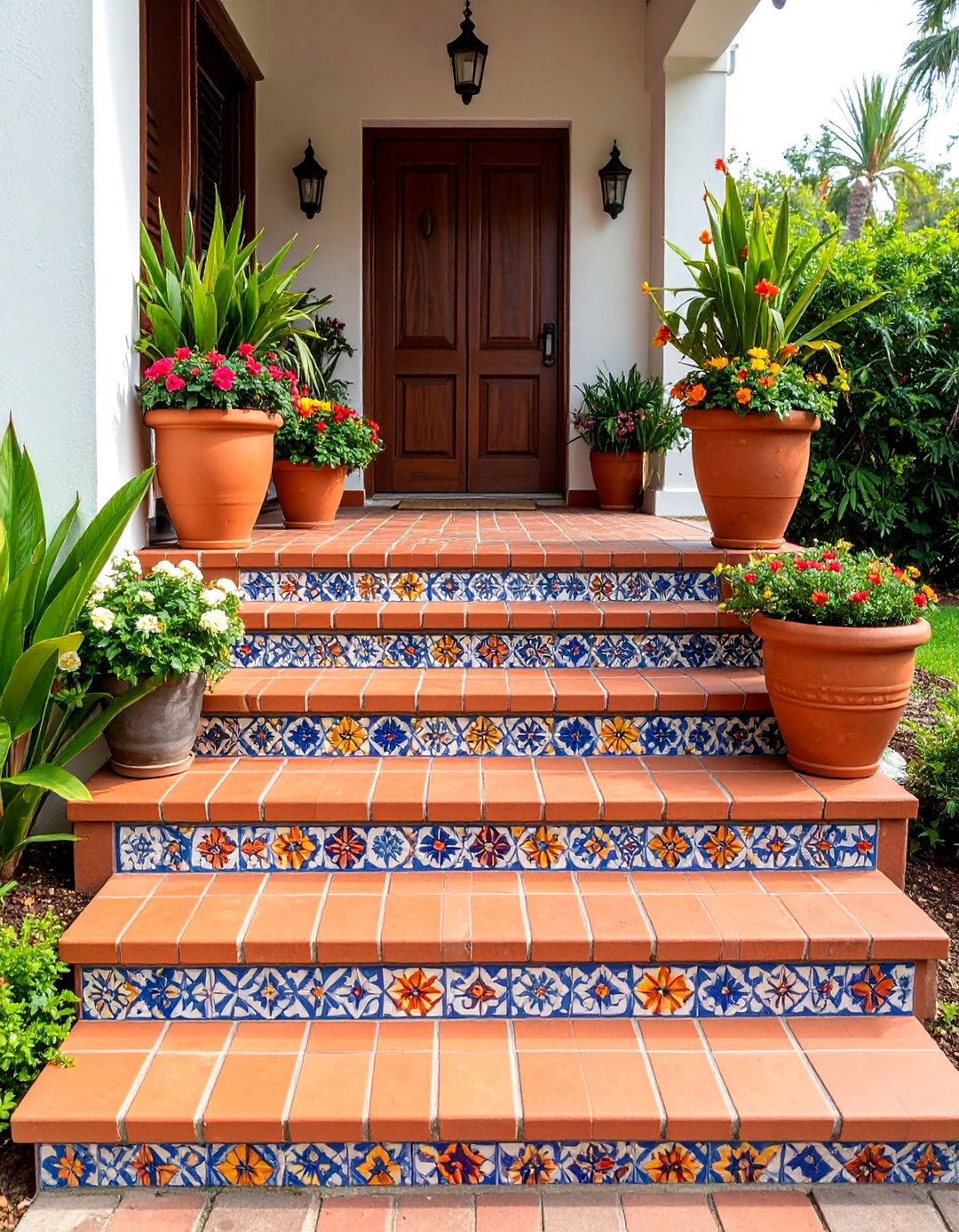
Brick risers paired with bluestone treads create sophisticated entrances that combine the warmth of clay materials with the refined appearance of natural stone surfaces. This design features red or buff-colored brick vertical faces that provide textural interest and traditional appeal, topped with smooth bluestone treads that offer excellent durability and weather resistance. The material contrast creates clear definition between horizontal and vertical surfaces while maintaining color harmony through careful selection of complementary tones. Bluestone's natural slip resistance makes it ideal for outdoor applications, particularly in climates with frequent moisture. Wide proportions and generous landings accommodate decorative planters and seasonal displays. This combination suits colonial revival, Federal, and contemporary traditional homes where quality materials and refined details are architectural priorities.
8. Curved Corner Brick Steps with Integrated Planters

Curved corner brick steps featuring built-in planter walls create flowing entrances that seamlessly integrate hardscape and landscape elements into unified designs. This approach utilizes gentle radius curves that soften the transition from sidewalk to porch while incorporating planted areas directly into the step structure. The brick construction extends vertically to form low retaining walls that contain soil for seasonal flowers, evergreen shrubs, or ornamental grasses. Consistent brick colors and patterns unify the structure while varied mortar joint treatments add subtle visual interest. Integrated drainage systems prevent water accumulation while irrigation considerations ensure plant health. This design works particularly well with colonial, Georgian, and transitional architectural styles where formal landscape integration enhances overall curb appeal and creates welcoming entrance sequences.
9. Wide Brick Steps with Central Landing Focus
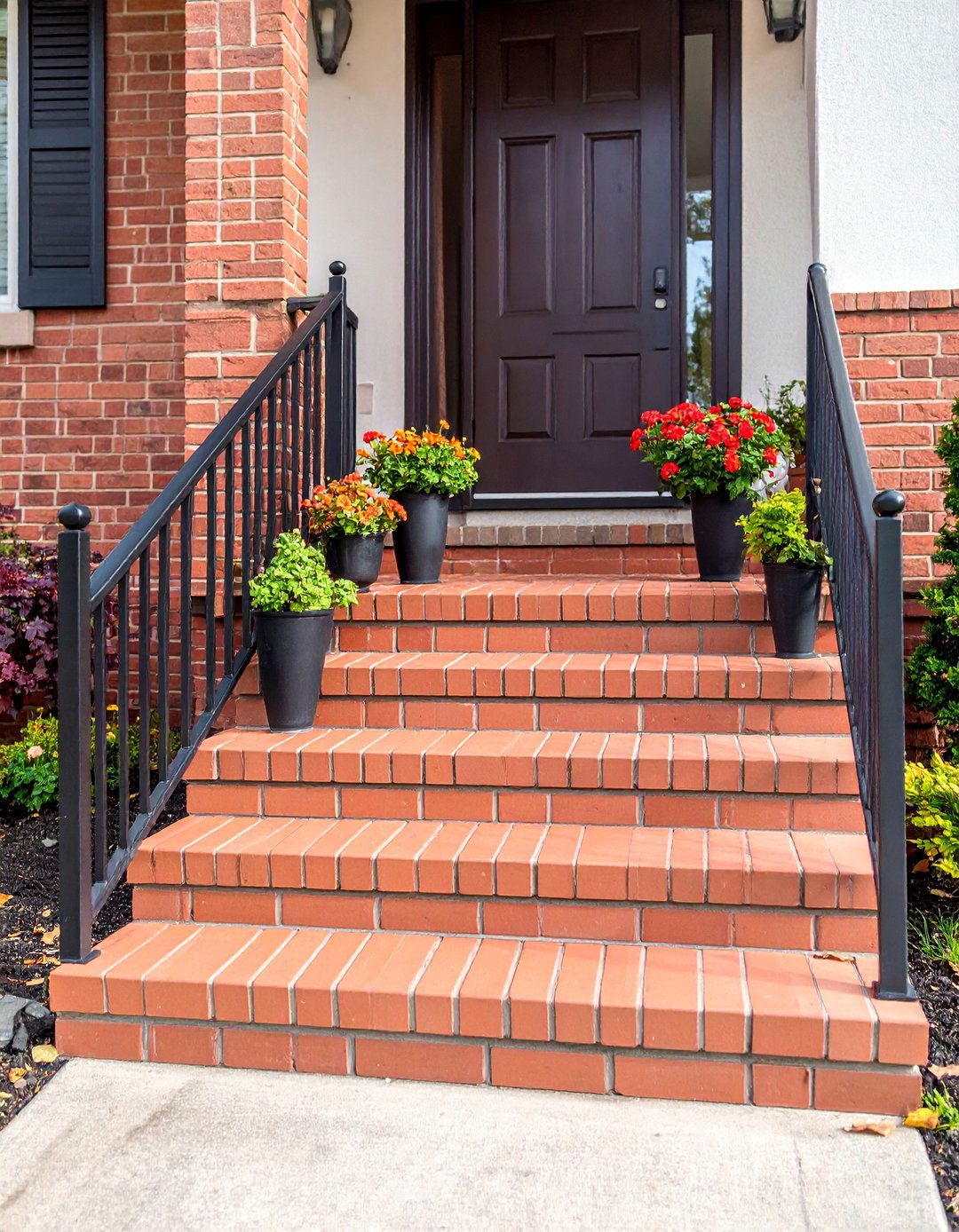
Generously proportioned brick steps featuring central landing areas create grand entrances that accommodate multiple users while providing space for decorative elements and social interaction. This design emphasizes horizontal expansion rather than vertical climb, making entrances more accessible while creating impressive visual impact through sheer scale. The central landing serves as a focal point for symmetrical planter arrangements, outdoor furniture, or architectural features such as columns or decorative urns. Consistent brick patterns and colors unify the broad expanse while varied joint treatments or border details add visual interest without overwhelming the overall composition. This approach suits colonial revival, Georgian, and estate-style homes where formal presentation and impressive scale are desired architectural characteristics.
10. Brick Steps with Wrought Iron Railing Integration

Traditional brick steps enhanced with custom wrought iron railings create entrances that balance safety requirements with decorative appeal and architectural authenticity. This design features classic red or buff-colored bricks in running bond or herringbone patterns, complemented by hand-forged iron railings with scrollwork, geometric patterns, or botanical motifs. The railing integration includes mortared mounting posts that align with step proportions while providing secure attachment points for the metalwork. Black or dark bronze finishes on the ironwork create strong contrast against warm brick tones while weather-resistant coatings ensure longevity. Coordinated elements such as matching light fixtures, house numbers, or decorative hardware reinforce the unified design theme. This approach particularly suits colonial, Federal, Georgian, and Mediterranean architectural styles.
11. Smooth Wire-Cut Brick Steps with Contemporary Finish

Wire-cut brick steps featuring perfectly smooth surfaces create modern entrances that emphasize clean geometry and sophisticated material applications over traditional textural variety. This design utilizes precisely manufactured bricks with consistent dimensions and minimal surface variation, arranged in running bond patterns with tight mortar joints that create continuous horizontal lines. Color options range from traditional reds through contemporary grays, buffs, and even darker charcoals that complement modern architectural palettes. The smooth surfaces are easy to maintain while providing excellent weather resistance and slip control through subtle texture variations. Coordinated elements include steel handrails, contemporary lighting fixtures, and minimalist landscape treatments. This approach suits modern, contemporary, and transitional architectural styles where material precision and clean aesthetics are prioritized.
12. Mixed-Color Brick Steps with Subtle Pattern Variation
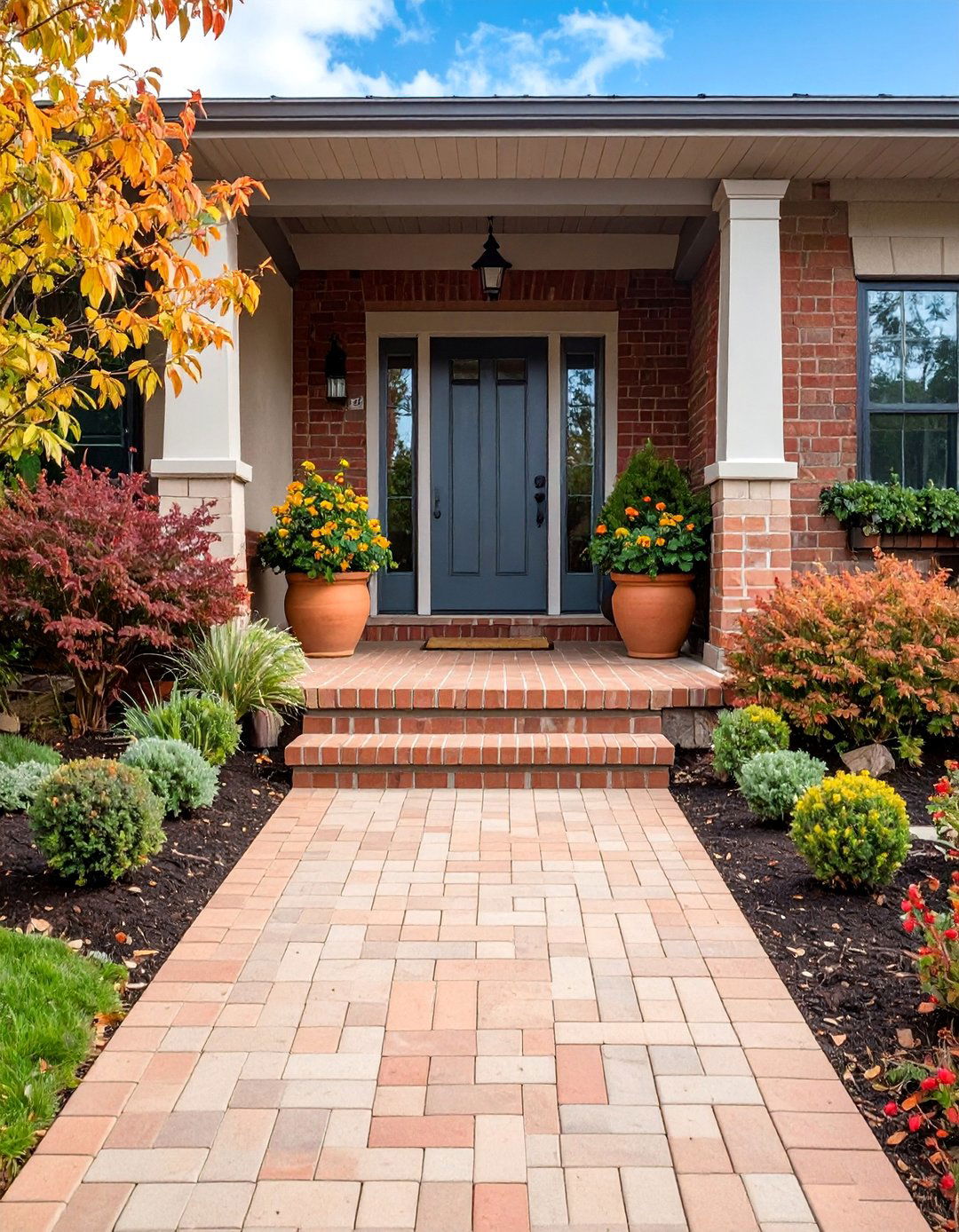
Multi-toned brick steps featuring carefully selected color combinations create entrances with visual depth and sophisticated color harmony that complements various architectural styles. This design incorporates two or three complementary brick colors arranged in subtle patterns that avoid overwhelming contrast while adding interest through tonal variation. Common combinations include warm reds with buff accents, gray blends with cream highlights, or earth-tone mixtures that reflect regional clay variations. The color placement follows geometric patterns or random distributions that create natural-looking variation without appearing chaotic. Consistent mortar colors unify the diverse brick tones while highlighting the overall pattern. This approach works well with colonial, traditional, and transitional homes where sophisticated color treatment enhances architectural character without competing with other design elements.
13. Brick Steps with Integrated LED Step Lighting

Brick steps incorporating built-in LED lighting systems create safe, attractive entrances that provide excellent visibility while highlighting architectural details through strategic illumination. This design features recessed lighting fixtures installed directly into step risers or integrated into adjacent walls, providing even illumination across tread surfaces without creating glare or hot spots. The lighting system includes warm-colored LED strips or individual fixtures that enhance safety while creating welcoming ambiance during evening hours. Consistent brick patterns and colors provide the structural foundation while the lighting system adds functional and aesthetic enhancement. Weather-resistant fixtures and low-voltage systems ensure safety and longevity. This approach suits contemporary, transitional, and modern traditional homes where technology integration enhances both safety and aesthetic appeal without compromising architectural character.
14. Antique Brick Steps with Distressed Character

Antique or artificially aged brick steps create entrances with authentic historical character that suggests generations of use and weathering. This design utilizes reclaimed bricks or new bricks treated to simulate age, featuring irregular edges, varied textures, and subtle color variations that create organic, lived-in appearances. The construction techniques emphasize traditional methods including wider mortar joints, slightly irregular coursing, and natural settling patterns that contribute to the aged aesthetic. Complementary elements include period-appropriate hardware, vintage-style lighting, and established landscape plantings that reinforce the historical theme. Careful attention to drainage and structural integrity ensures that the aged appearance doesn't compromise functionality or safety. This approach works particularly well with colonial, Federal, Georgian, and farmhouse architectural styles where historical authenticity is a valued design characteristic.
15. Brick Steps with Natural Stone Borders and Accents

Brick steps enhanced with natural stone borders create refined entrances that combine traditional masonry materials while adding visual hierarchy and sophisticated detailing. This design features standard brick construction for the main step surfaces, accented with limestone, granite, or bluestone borders that define edges and create visual frames around each level. The stone elements may include coping details, border strips, or decorative inlays that add textural contrast and color variation. Consistent proportions and careful material selection ensure harmony between different elements while highlighting quality craftsmanship and attention to detail. The combination provides excellent durability while creating visual interest through material contrast. This approach suits colonial revival, Georgian, traditional, and estate-style homes where quality materials and refined details enhance architectural character and property value.
16. Floating Brick Steps with Modern Cantilever Design

Contemporary cantilever brick steps create dramatic entrances that appear to float while showcasing advanced engineering and modern design principles. This design features thick brick treads supported by hidden steel structures that eliminate visible supports, creating clean geometric forms that emphasize horizontal lines and material mass. The construction requires precise engineering to ensure structural integrity while maintaining the illusion of weightlessness. Consistent brick colors and smooth surfaces enhance the geometric purity while subtle texture provides slip resistance. Coordinated landscape elements including minimal plantings and clean hardscape details reinforce the modern aesthetic. This approach suits contemporary, modern, and minimalist architectural styles where innovative construction techniques and bold geometric forms are appreciated design characteristics.
17. Brick Steps with Decorative Mosaic Inlay Details
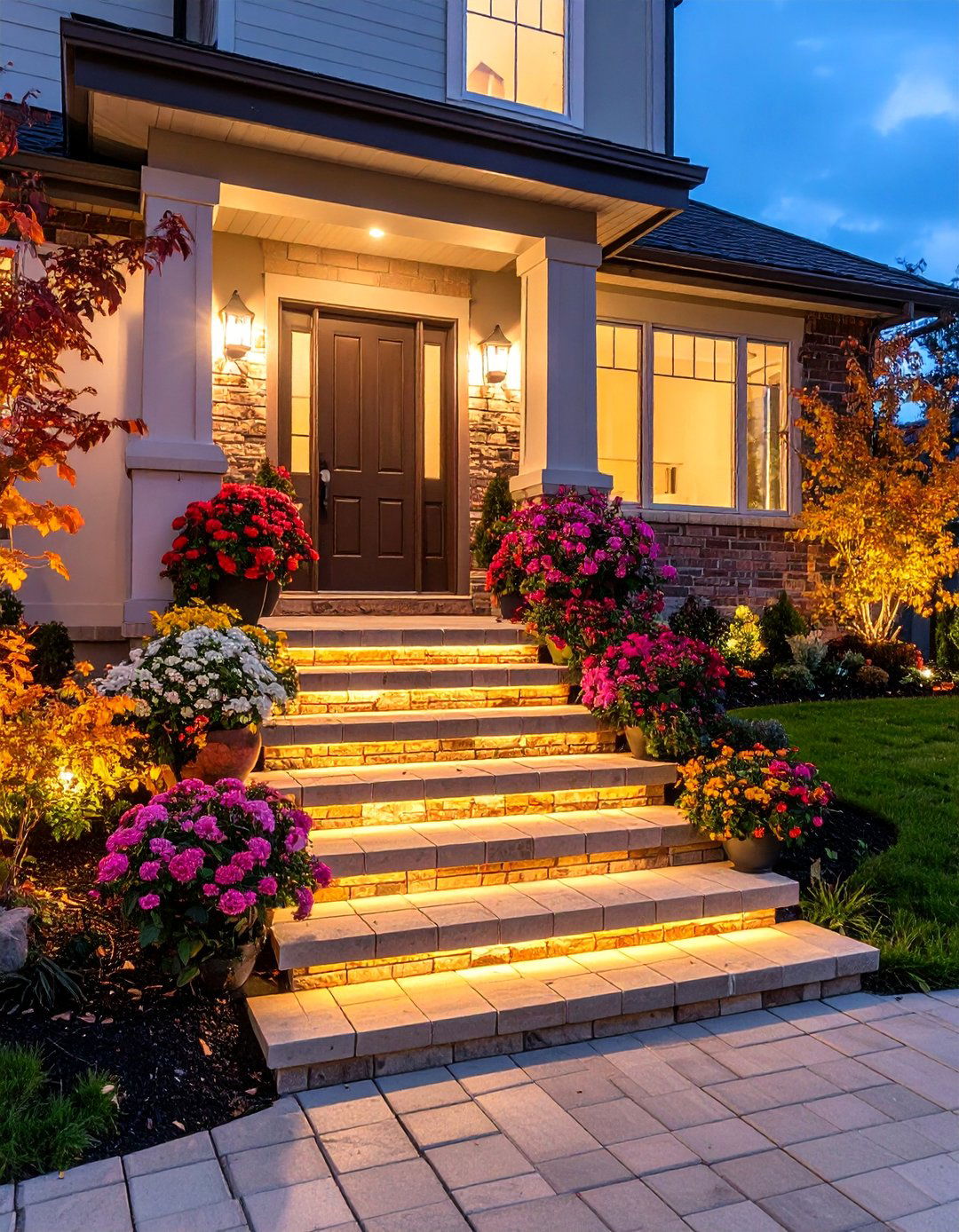
Brick steps enhanced with mosaic tile inlays create unique entrances that combine traditional masonry with artistic decorative elements for personalized architectural expression. This design incorporates ceramic, glass, or stone mosaic elements arranged in geometric patterns, botanical motifs, or abstract designs that reflect personal taste and architectural themes. The mosaic elements may be integrated into step treads, riser faces, or landing areas while maintaining structural integrity and slip resistance. Careful color coordination ensures that decorative elements enhance rather than overwhelm the overall design while weather-resistant materials and installation techniques ensure longevity. Complementary elements include coordinated planters, lighting, and architectural details that reinforce the artistic theme. This approach suits Mediterranean, Arts and Crafts, eclectic, and contemporary homes where creative expression and personalized details are valued design characteristics.
18. Split-Level Brick Steps with Varied Orientation Patterns
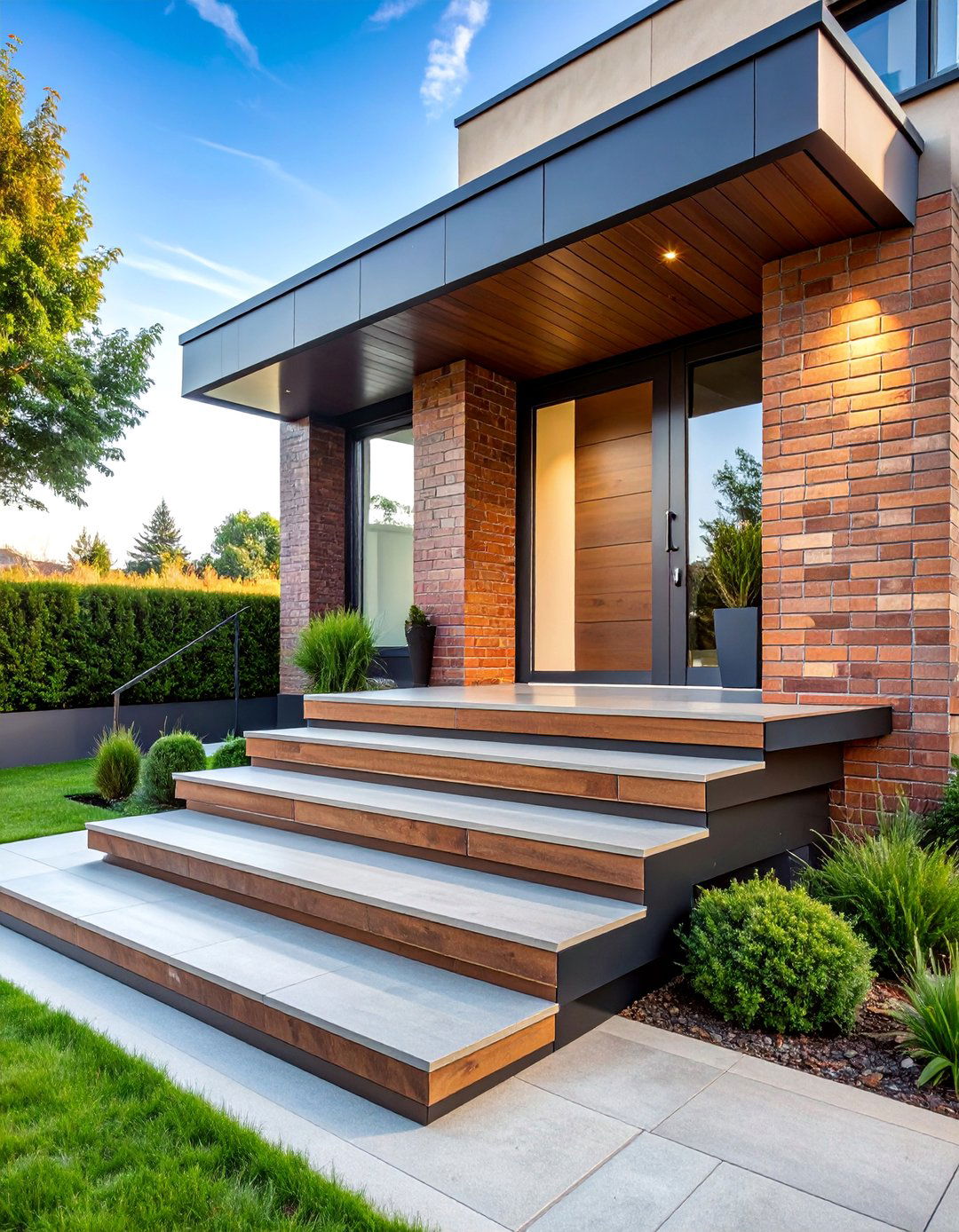
Split-level brick steps featuring different orientation patterns create dynamic entrances that add visual interest through geometric variation while maintaining structural unity. This design incorporates different brick laying patterns across various step levels, such as running bond on lower steps transitioning to herringbone on upper levels, or basket weave patterns contrasting with straight coursing. The pattern variations create visual zones that help define different levels while maintaining color and material consistency throughout the design. Careful attention to mortar joint alignment and pattern transitions ensures professional appearance and structural integrity. This approach allows for creative expression while maintaining traditional masonry techniques and materials. The design suits colonial, traditional, and transitional architectural styles where pattern variety adds visual interest without compromising historical authenticity or overall design coherence.
19. Brick Steps with Integrated Water Feature Elements

Brick steps incorporating water feature elements create serene entrances that combine traditional masonry with the soothing sounds and visual appeal of moving water. This design features built-in fountains, cascading water walls, or small stream elements that integrate seamlessly with the brick construction while providing acoustic masking and visual interest. The water features may be incorporated into retaining walls adjacent to steps, central landing areas, or integrated planter systems that combine landscape and water elements. Careful attention to drainage, circulation systems, and freeze protection ensures year-round functionality in appropriate climates. The brick construction provides thermal mass that moderates water temperature while creating attractive reflecting surfaces. This approach suits Mediterranean, contemporary, and luxury residential architectural styles where unique amenities and sensory experiences enhance property value and lifestyle appeal.
20. Textured Brick Steps with Slip-Resistant Surface Treatment
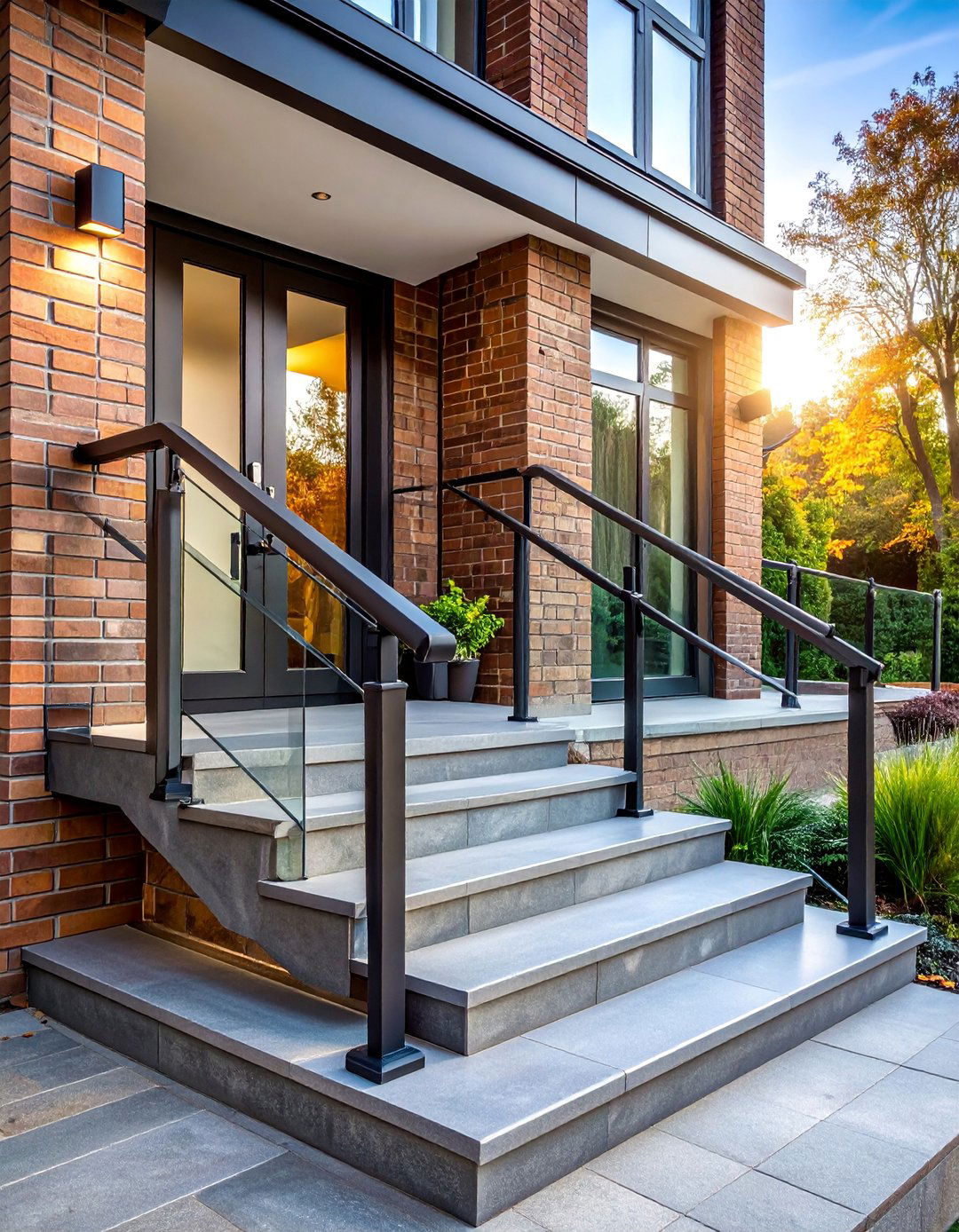
Textured brick steps featuring enhanced slip-resistant surfaces create safe entrances that maintain attractive appearances while prioritizing user safety in various weather conditions. This design utilizes bricks with naturally rough surfaces or applies specialized treatments that increase traction without compromising aesthetic appeal. Surface options include wire-cut textures, tumbled finishes, or applied aggregates that provide grip while maintaining traditional brick appearance. The texture treatment extends across all tread surfaces while complementary elements include appropriate drainage design and handrail integration where required. Color selections emphasize earth tones and natural variations that mask normal wear patterns while maintaining attractive appearances over time. This approach suits all architectural styles where safety considerations are paramount, particularly in climates with frequent moisture, ice, or temperature variations that affect surface conditions.
21. Monochromatic Brick Steps with Tonal Variation

Monochromatic brick steps utilizing subtle tonal variations create sophisticated entrances that demonstrate refined color sensitivity while maintaining unified visual themes. This design features bricks within a single color family, such as various gray tones, warm buff shades, or red family variations that create depth without high contrast. The tonal variation may be achieved through random placement of different shades or organized patterns that create subtle geometric effects. Consistent mortar colors unify the overall appearance while allowing brick variations to provide visual interest. The restrained color palette works harmoniously with various architectural styles while allowing other design elements such as doors, trim, and landscape features to provide color accents. This approach suits contemporary, traditional, and transitional homes where sophisticated color treatment enhances architectural character without competing with other design elements.
22. Brick Steps with Steel and Glass Railing Systems
Modern brick steps enhanced with steel and glass railing systems create contemporary entrances that combine traditional materials with innovative safety solutions and clean aesthetic lines. This design features classic brick construction providing the structural foundation, enhanced with sleek steel posts and tempered glass panels that provide safety barriers without obstructing views. The glass elements maximize transparency while steel components provide structural support and contemporary detailing that complements modern architectural themes. Careful attention to proportion ensures that the railing system enhances rather than overwhelms the brick construction while providing code-compliant safety features. Consistent color coordination between steel finishes and mortar tones creates unified design themes. This approach suits contemporary, modern, and transitional architectural styles where innovative materials and clean aesthetics are valued design characteristics.
23. Colonial Revival Brick Steps with Period Details
Colonial revival brick steps featuring authentic period details create entrances that faithfully recreate historical architectural character while providing modern functionality and safety standards. This design incorporates traditional red clay bricks laid in period-appropriate patterns, enhanced with limestone or cast stone details that reflect eighteenth-century construction techniques and proportions. Authentic elements include wide mortar joints, subtle color variations, and weathering patterns that suggest historical authenticity. Complementary features include wrought iron railings with period-appropriate scrollwork, traditional lantern-style lighting, and foundation plantings that reflect colonial garden traditions. Modern safety features are integrated discretely to maintain historical appearance while ensuring current code compliance. This approach suits colonial revival, Georgian, and Federal architectural styles where historical accuracy and traditional craftsmanship are valued design priorities.
24. Sustainable Brick Steps with Recycled Materials
Environmentally conscious brick steps utilizing recycled and sustainable materials create responsible entrances that demonstrate environmental stewardship while maintaining attractive appearances and structural integrity. This design incorporates reclaimed bricks from demolished buildings, recycled aggregate materials, and low-impact mortar systems that reduce environmental impact while providing excellent performance characteristics. The construction techniques emphasize traditional methods that minimize energy consumption while maximizing material longevity and reusability. Color variations and weathering patterns in recycled materials create authentic aged appearances that add character and visual interest. Complementary sustainable elements include native plant materials, permeable joint treatments, and water management systems that reduce runoff. This approach suits all architectural styles where environmental responsibility and resource conservation are valued priorities.
25. Grand Entrance Brick Steps with Symmetrical Design
Grand entrance brick steps featuring symmetrical design elements create impressive focal points that emphasize formal architectural presentation and ceremonial arrival sequences. This design incorporates wide, low-rise steps that extend across significant portions of the building facade, creating horizontal emphasis and impressive scale. Symmetrical elements include matching planters, decorative urns, lighting fixtures, and railing details that create balanced compositions around central doorway features. The brick construction utilizes consistent patterns and colors that unify the broad expanse while subtle details such as border treatments or pattern variations add visual interest without disrupting overall symmetry. This approach requires careful proportion and site planning to ensure appropriate scale relationships. The design suits colonial revival, Georgian, neoclassical, and estate-style homes where formal presentation and impressive architectural character are desired features.
Conclusion:
These twenty-five brick front steps design ideas demonstrate the remarkable versatility and enduring appeal of traditional masonry materials in contemporary home design. From classic red clay arrangements to innovative modern interpretations, each approach offers unique solutions for creating welcoming, functional entrances that enhance architectural character and property value. The combination of time-tested construction techniques with creative design applications ensures that brick steps remain relevant for diverse architectural styles and personal preferences. Whether emphasizing traditional craftsmanship, contemporary innovation, or sustainable practices, well-designed brick steps provide lasting beauty and practical functionality that welcomes visitors while reflecting homeowner personality and lifestyle priorities.




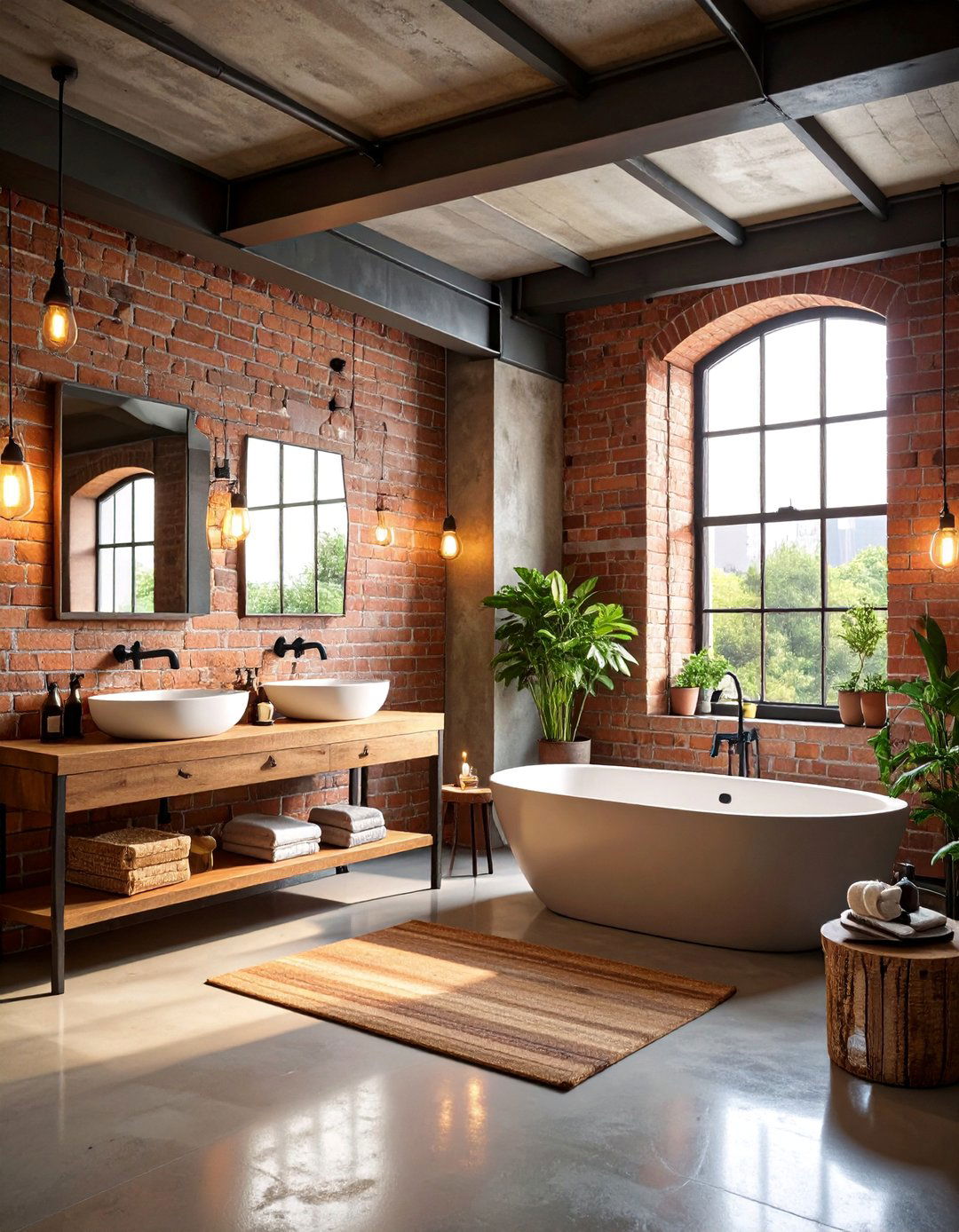
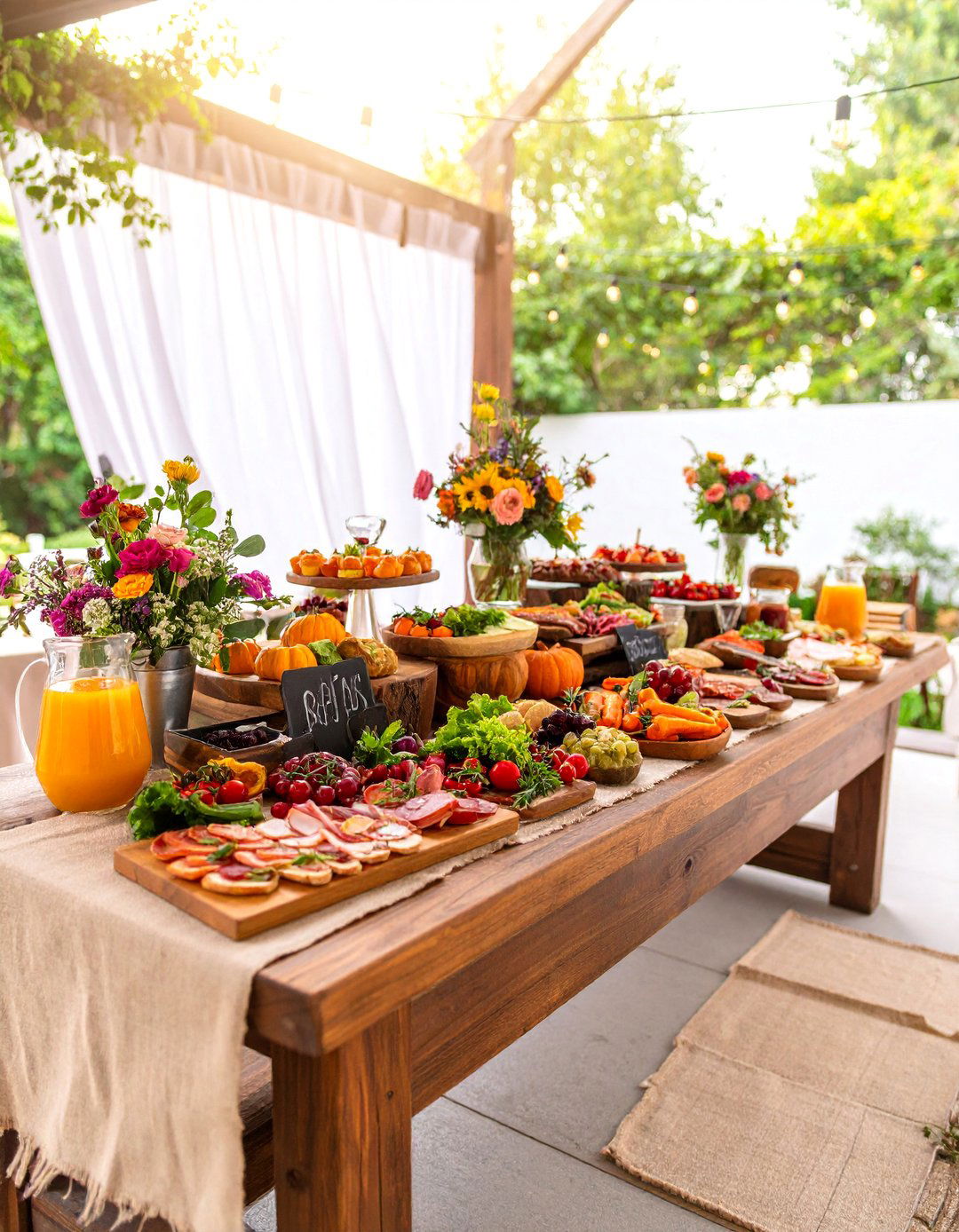
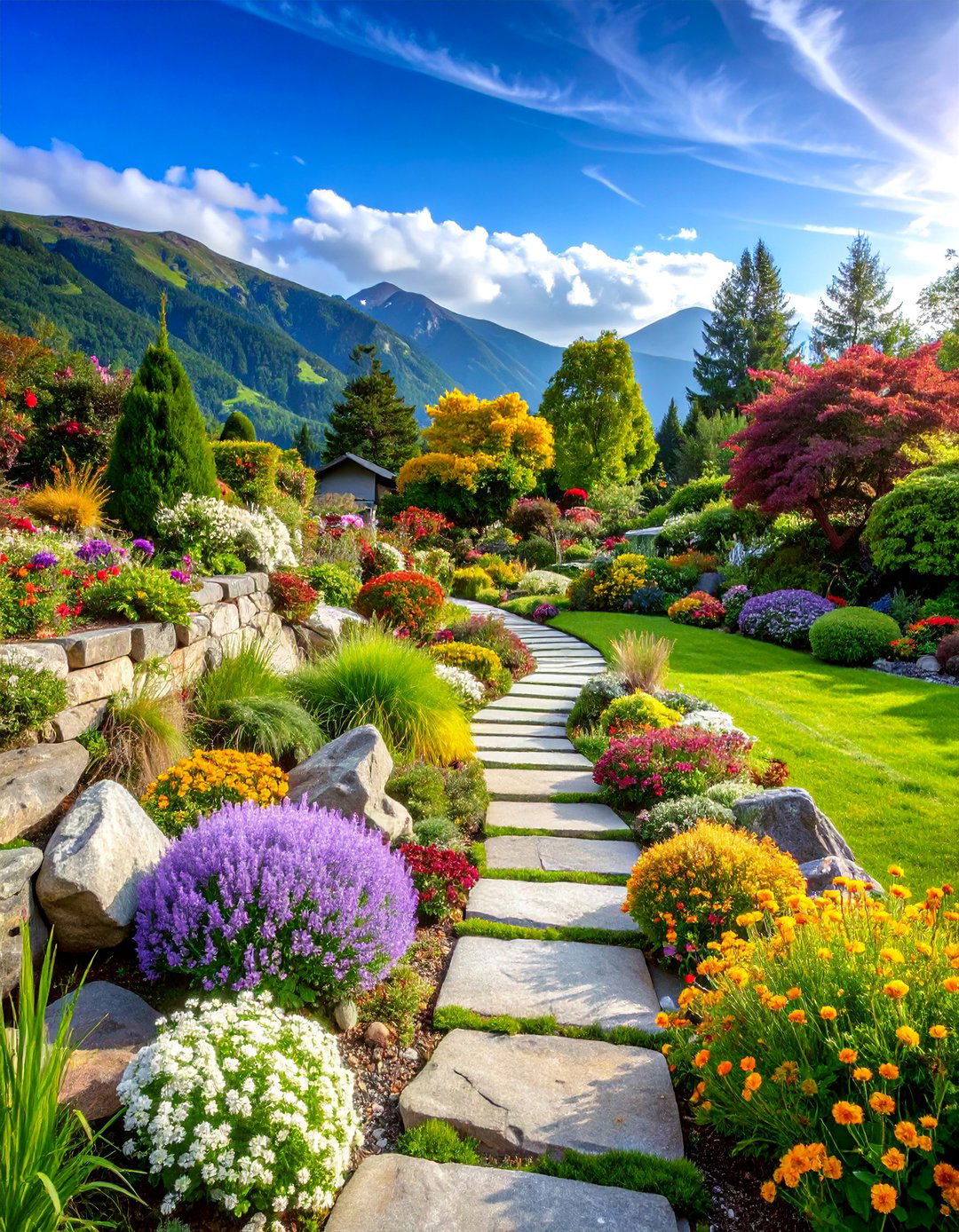


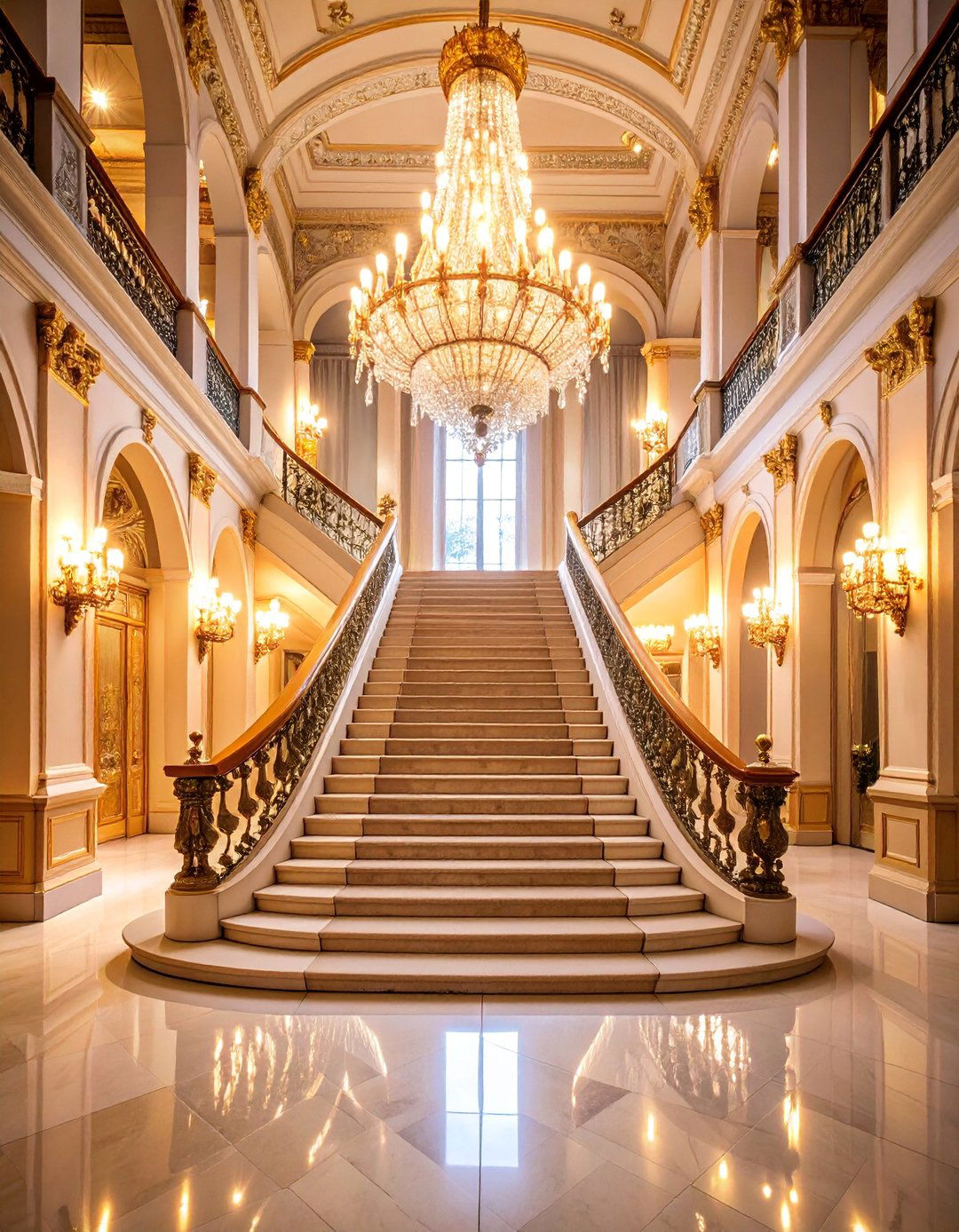
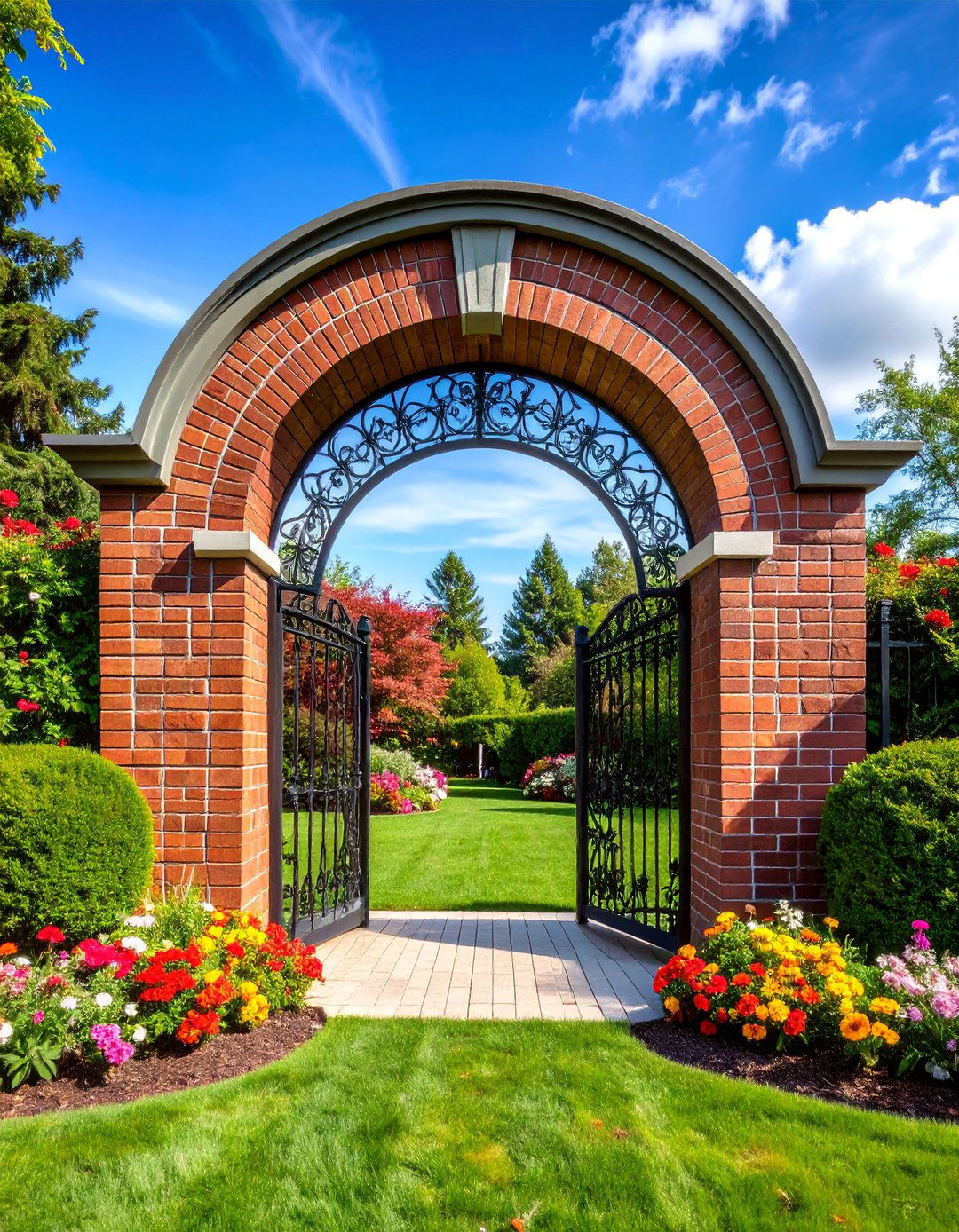

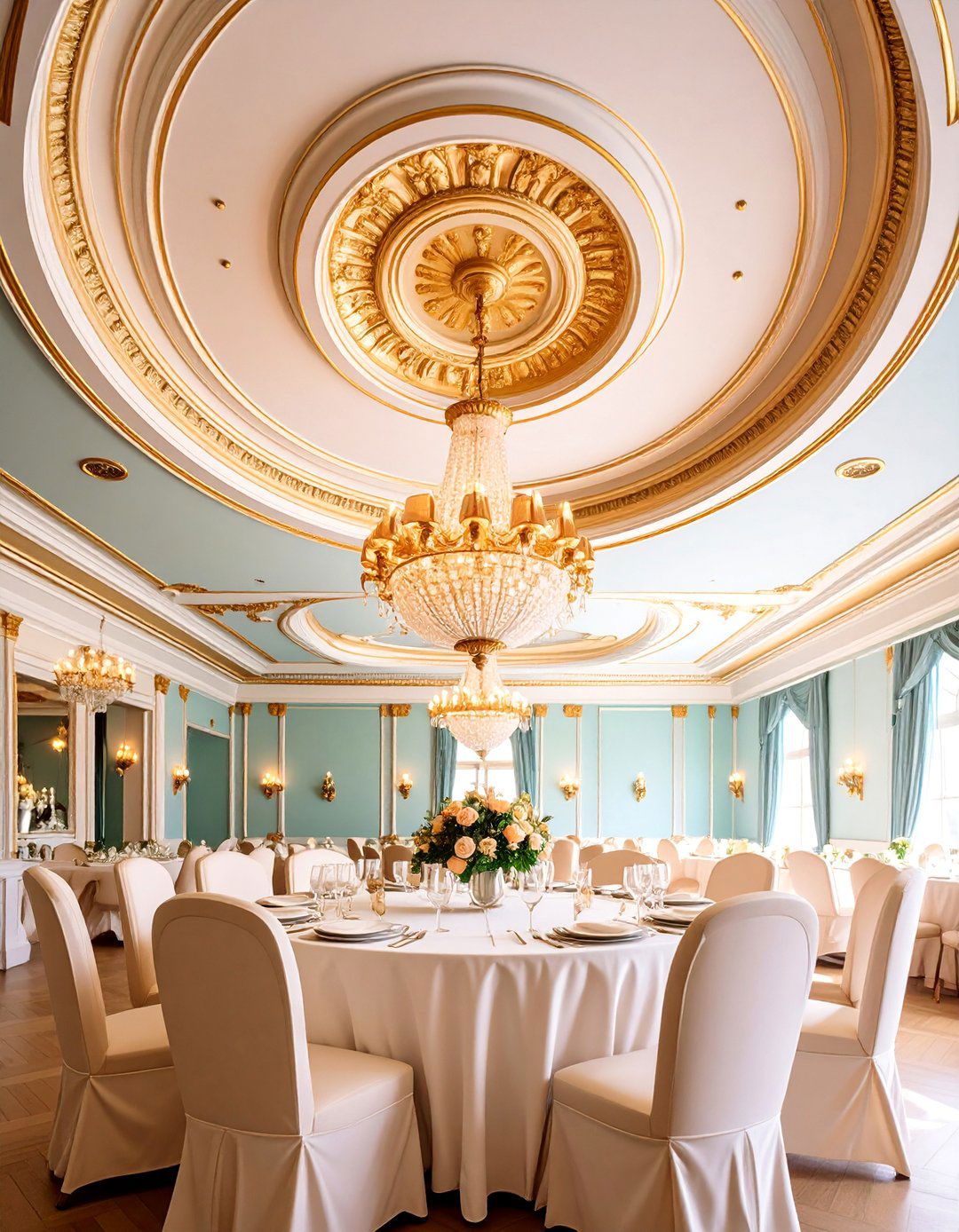
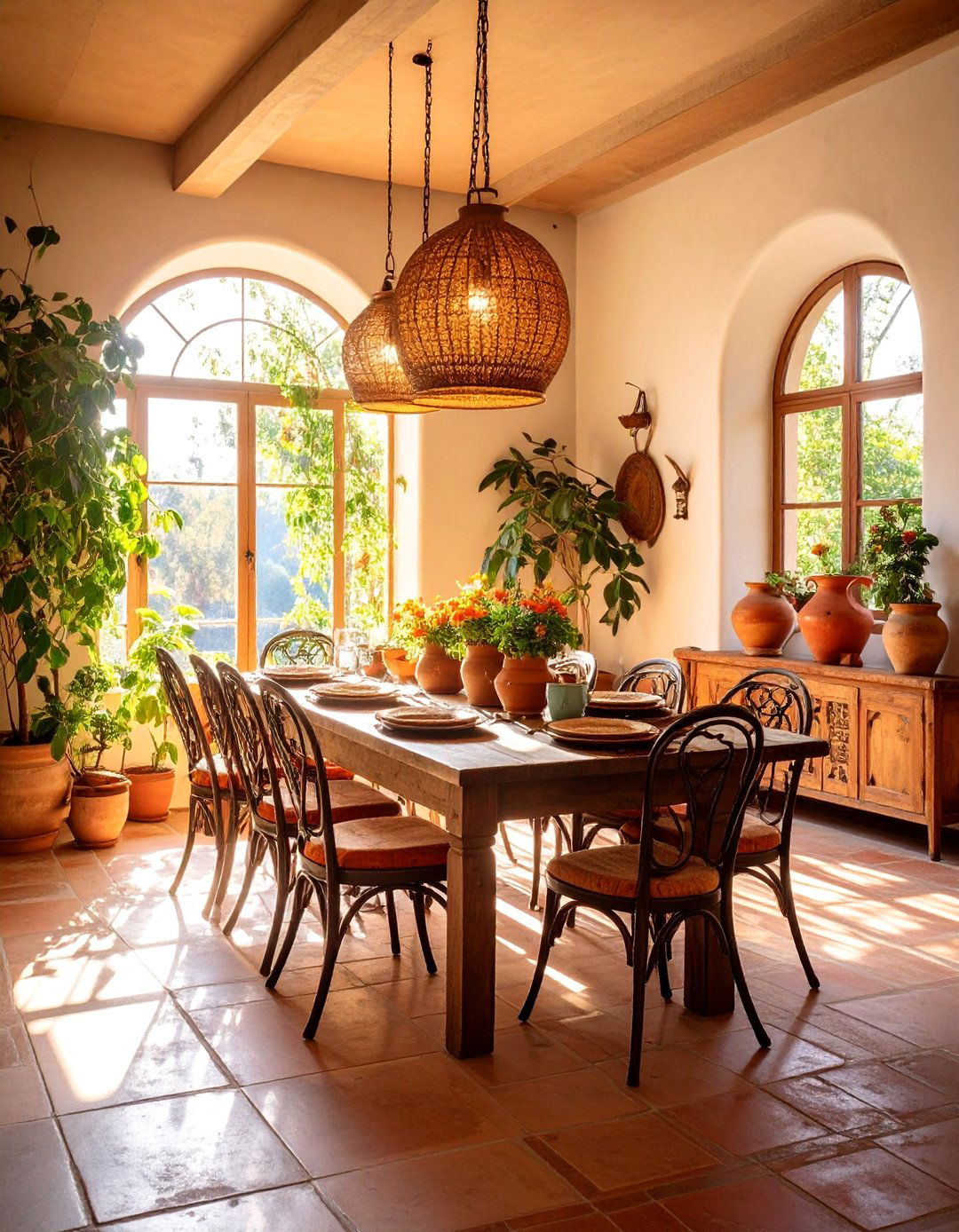
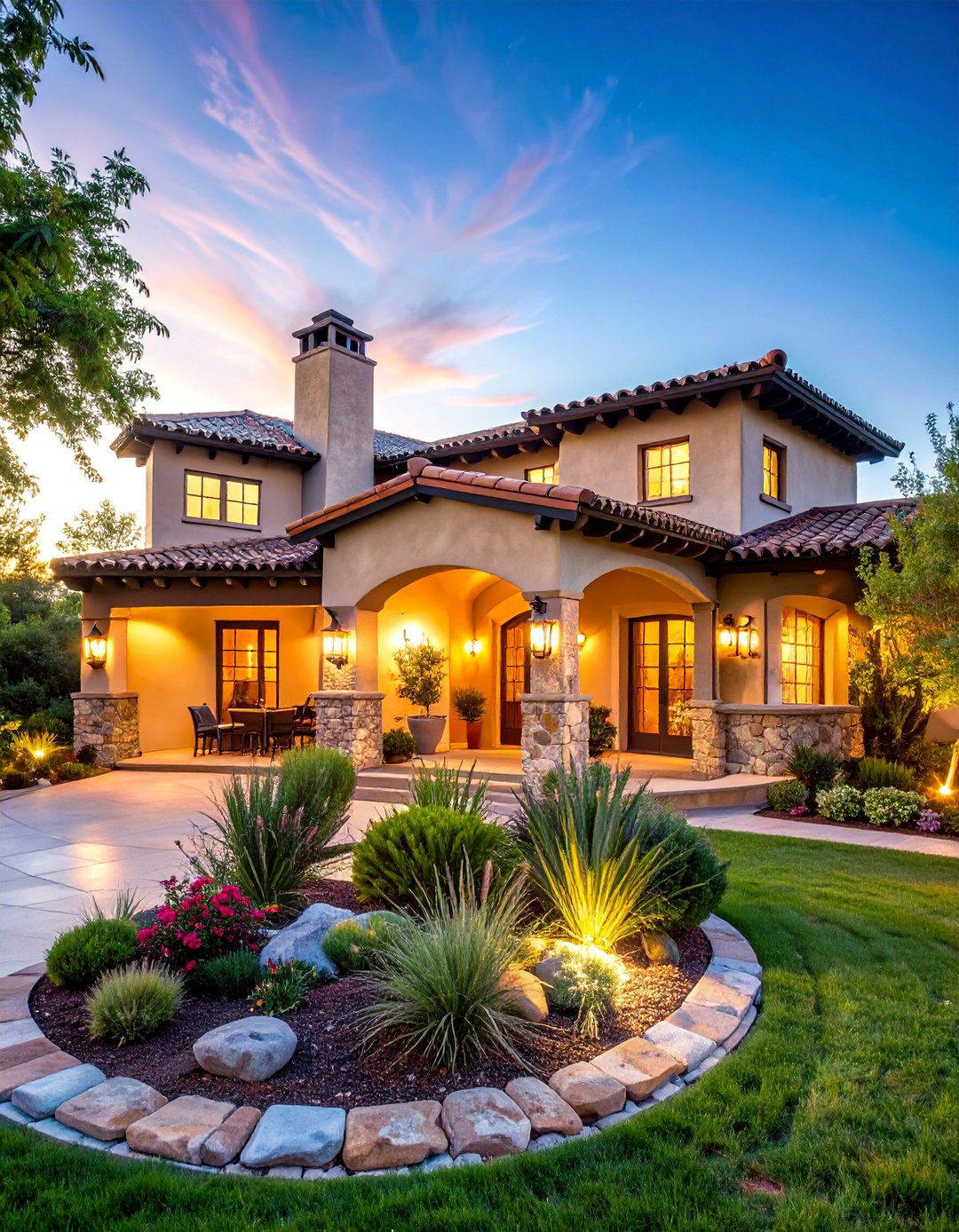
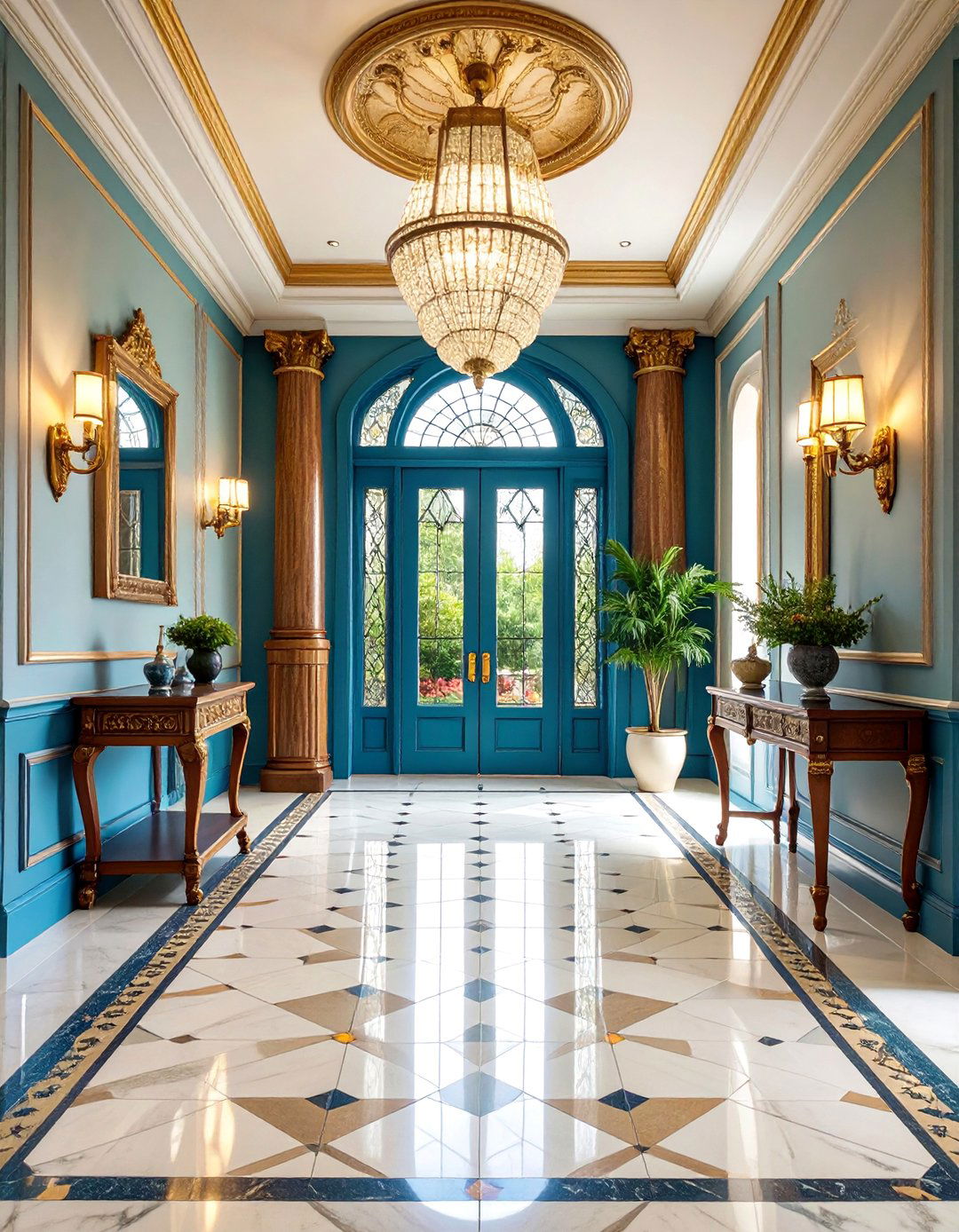

Leave a Reply